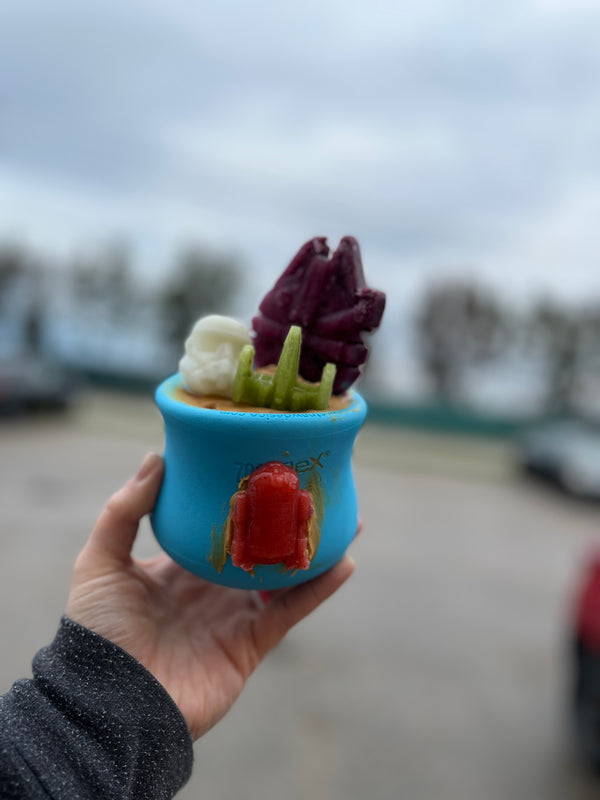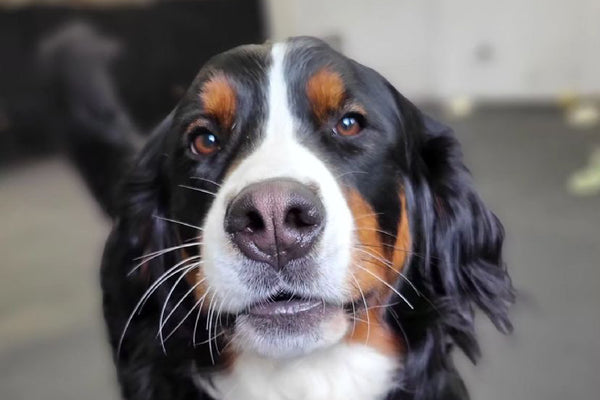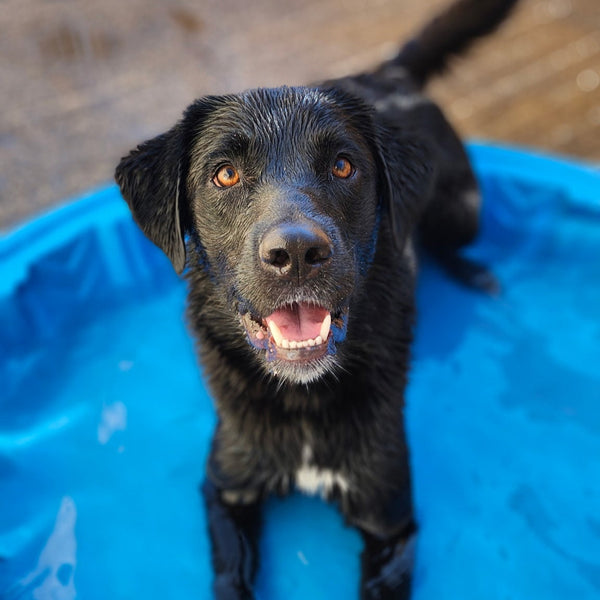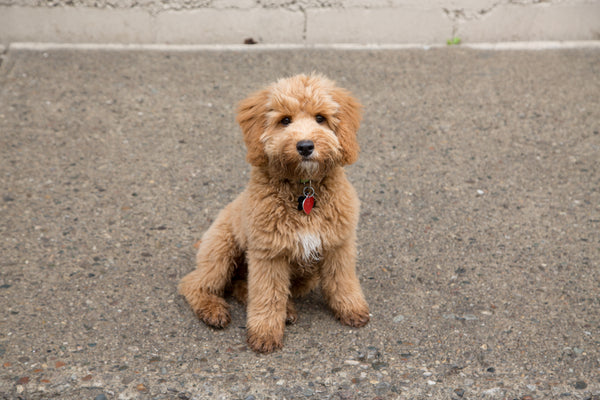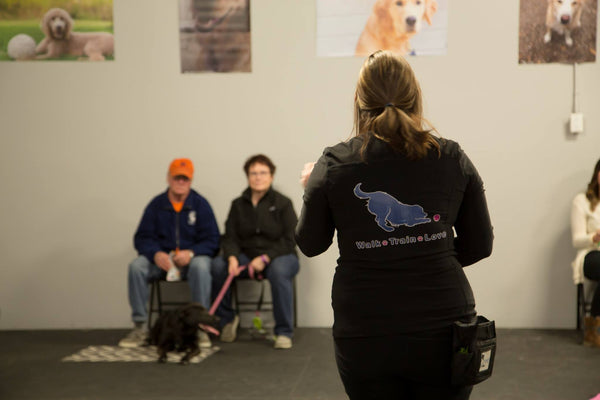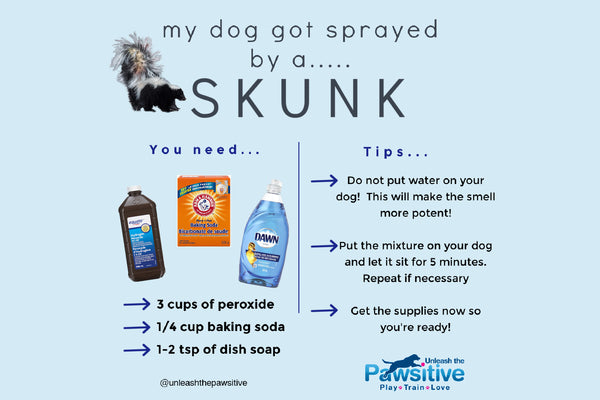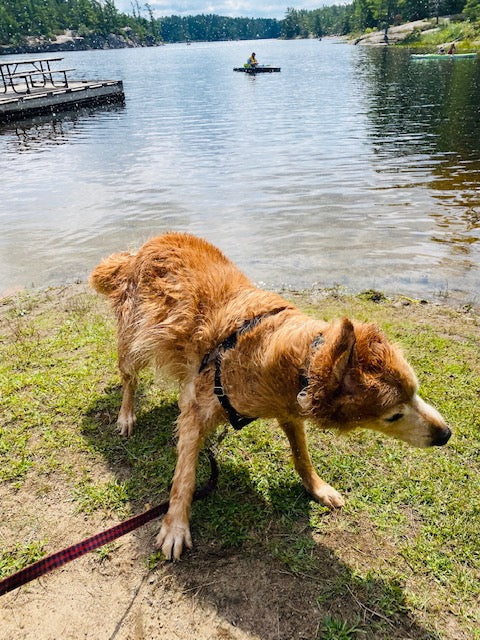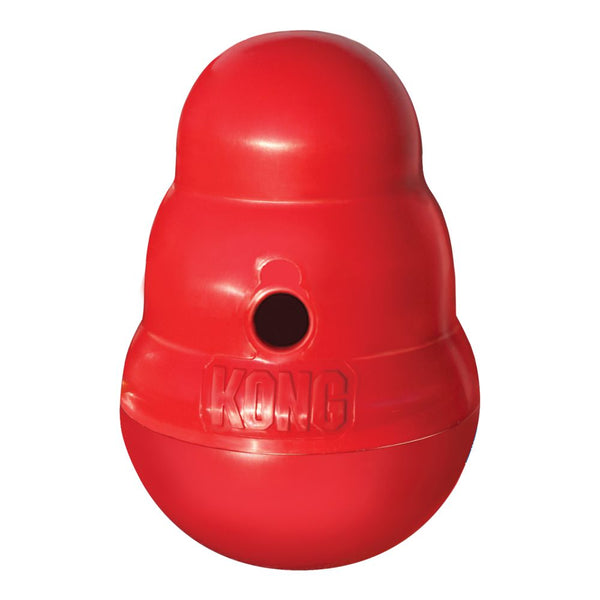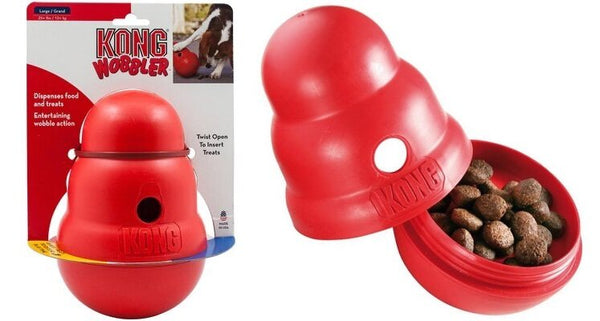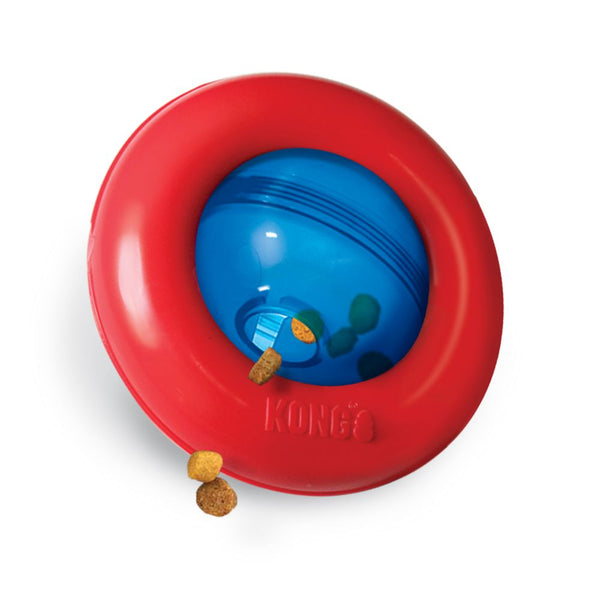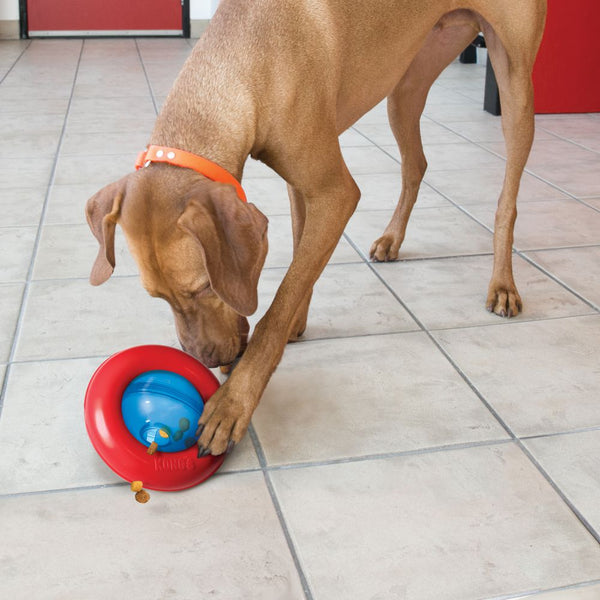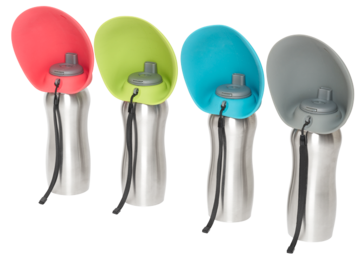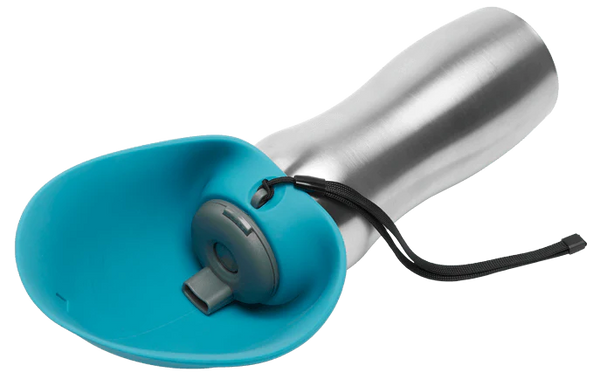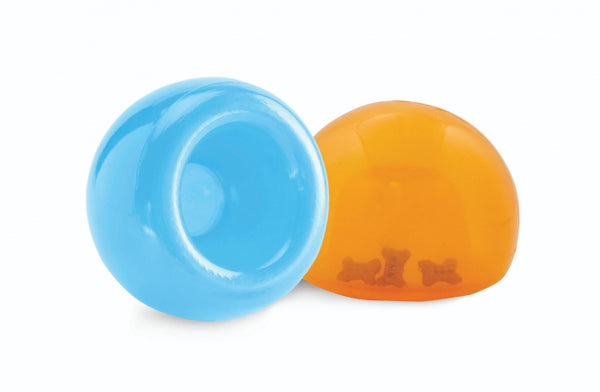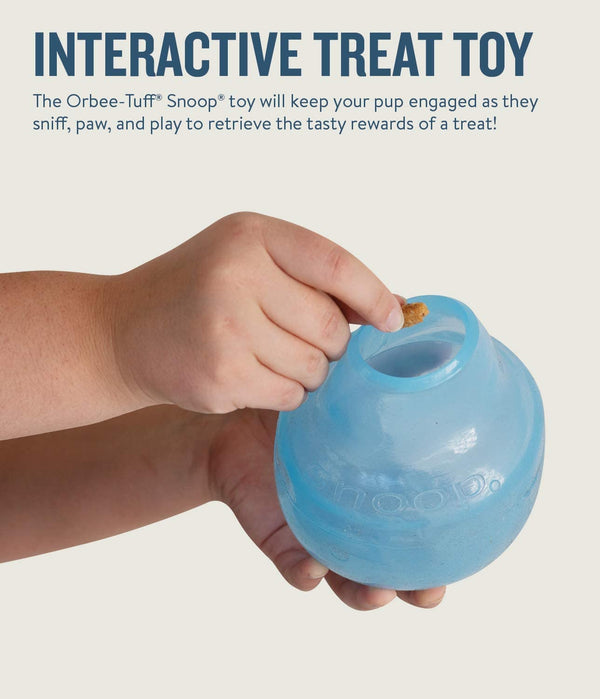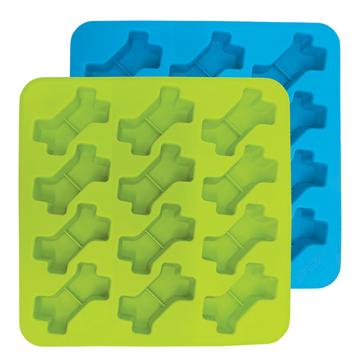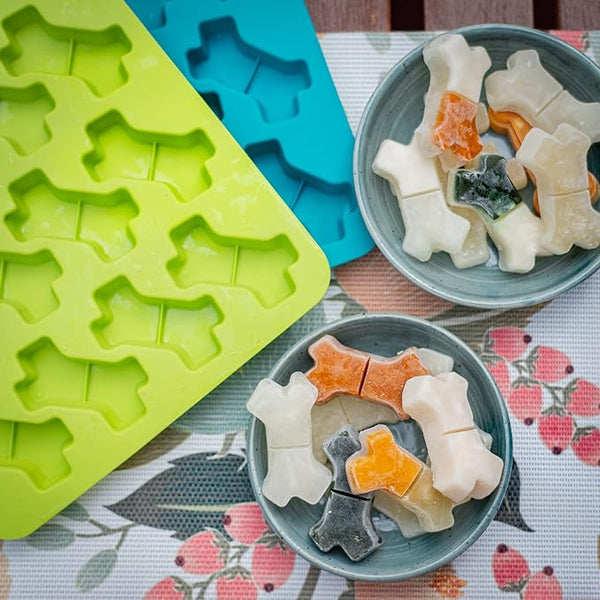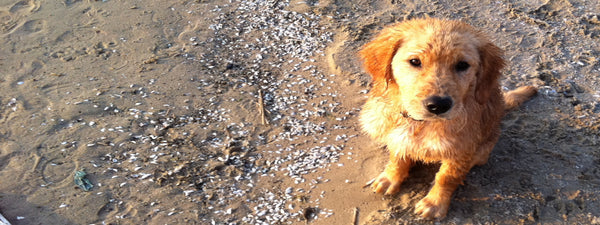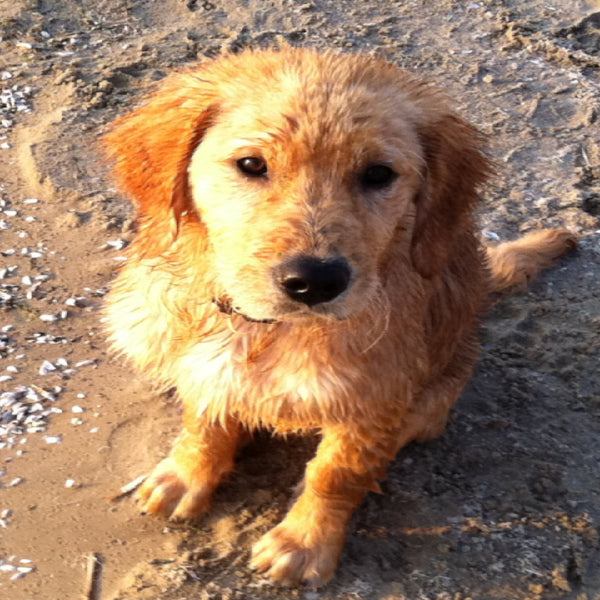Just like human food, dog food can go bad if not stored properly. Exposure to air, heat, sun, and moisture can result in food going rancid or moldy, posing serious issues to your pet’s health if ingested. Whether you feed kibble, raw, fresh, or canned food, we’ll break down the best ways to keep your pet’s food fresh and safe for consumption so they can stay happy and healthy.
Kibble Dog Food

Once a bag of kibble is opened, it’s important to keep it properly stored to prevent nutrient breakdown and fats from growing rancid. But, did you know you don’t have to take it out of the original bag? Most dog food bags are actually created specifically to keep food fresh! However, once you open a bag of food, it’s important to store the food in the original bag in an airtight container. Keep the container in a cool and dry location, like a laundry room or pantry, that is away from any heat or direct sunlight. This can cause the nutrients in the food to break down and can result in mold or bacterial growth. Make sure you also check the expiration date on the bag of food to ensure food isn’t kept past its best-by date.
Raw Dog Food
Raw food should stay frozen until you’re ready to feed your pet. Once raw food is taken out of the freezer, the bacteria that are frozen can start to become “alive” if it reaches temperatures of 40°F–140°F / 4°C–60°C. Thawing food out on the counter or taking it out of the freezer too long ahead of time before you’re ready to feed can result in food reaching unsafe temperatures that harbour bacterial growth. Food should always be thawed in the fridge to ensure temperatures don’t get too high. Thaw for a few hours or overnight in the fridge and then serve. Every brand is different, so check the label, but most food thawed in the fridge should be consumed within 1-3 days. Make sure to always keep your pet’s food separate and away from any human food to prevent cross-contamination and thaw food in its original packaging or in a sealed container. It is not advised to refreeze thawed food, as this can compromise the integrity of the food. Follow the instructions on the bag and any guidelines outlined by the food brand.
Fresh & Frozen Dog Food
Fresh food, just like raw food, needs to be handled with caution to ensure food safety. These foods typically don’t contain preservatives normally found in kibble and self-stable wet food, which means once opened, they need to be consumed relatively quickly. Always keep this food in the fridge or freezer, and use within 3-5 days of opening. Like raw food, fresh food should be thawed in the fridge, never on the counter. Once opened, keep in an airtight container in the fridge and always check for odd smells and textures. If you think food has spoiled, throw it away - it’s not worth the risk.
Freeze-Dried & Rehydrated Dog Food
While considered shelf-stable, freeze-dried and rehydrated food still requires proper storage to keep it fresh. Freeze-dried and rehydrated foods should be stored similarly to kibble, keeping them in their original bag inside an airtight container. Freeze-dried food is especially sensitive to moisture in the air, and if not sealed properly, food pieces can lose their composition and nutritional value. Because of this, it is a good idea to use a chip-clip or rubber band to seal the bag after it’s been opened. Be mindful of what comes into contact with the food as well. Don’t use your hands to grab food pieces, and make sure any scoops or cups used are dry before touching food pieces. Always store freeze-dried food in a dark and cool place out of direct sunlight and heat sources.
Canned Dog Food
Canned dog food is a convenient option for many pet parents, but it’s important to properly store open cans to preserve freshness. Store unopened cans in the pantry or somewhere cool away from heat. Excess heat can cause cans to swell and food to spoil. Once you open a can, use it within 2-3 days and transfer unused food to an airtight container or use a can lid to keep leftover food fresh. Check cans for dents, bulges, and rust before you open them. If you notice any of these signs on your can, throw it away - this can indicate the presence of harmful toxins or bacteria.
Bonus: Dog Treats

Just like food, treats can also go bad when not properly stored. Thankfully, lots of treat bags are resealable, which makes it easier to keep your pup’s tasty treats fresh! However, if your pup’s treat bag isn’t resealable, no worries. Use a chip clip or transfer them to a ziplock to ensure they stay fresh for longer (bonus environmental points if it’s a reusable ziplock!). If you like to keep training treats loaded in your training pouch ready to go, put them in a resealable baggie instead of directly in the pouch. While treats tend to have a longer shelf life than food, excessive exposure to air or moisture can result in treats becoming stale or moldy. Always check expiration dates to ensure you’re giving your dog the freshest treat possible!
We always want your pup to live their best and tastiest life here at Unleash the Pawsitive! If you have questions about how to keep your pup’s food fresh, let us know! We’re here to help.
Until next time,

🐾 Woofs & Wags
- Melissa & Oaklee 🐾
@unleashthepawsitive


